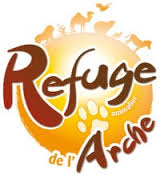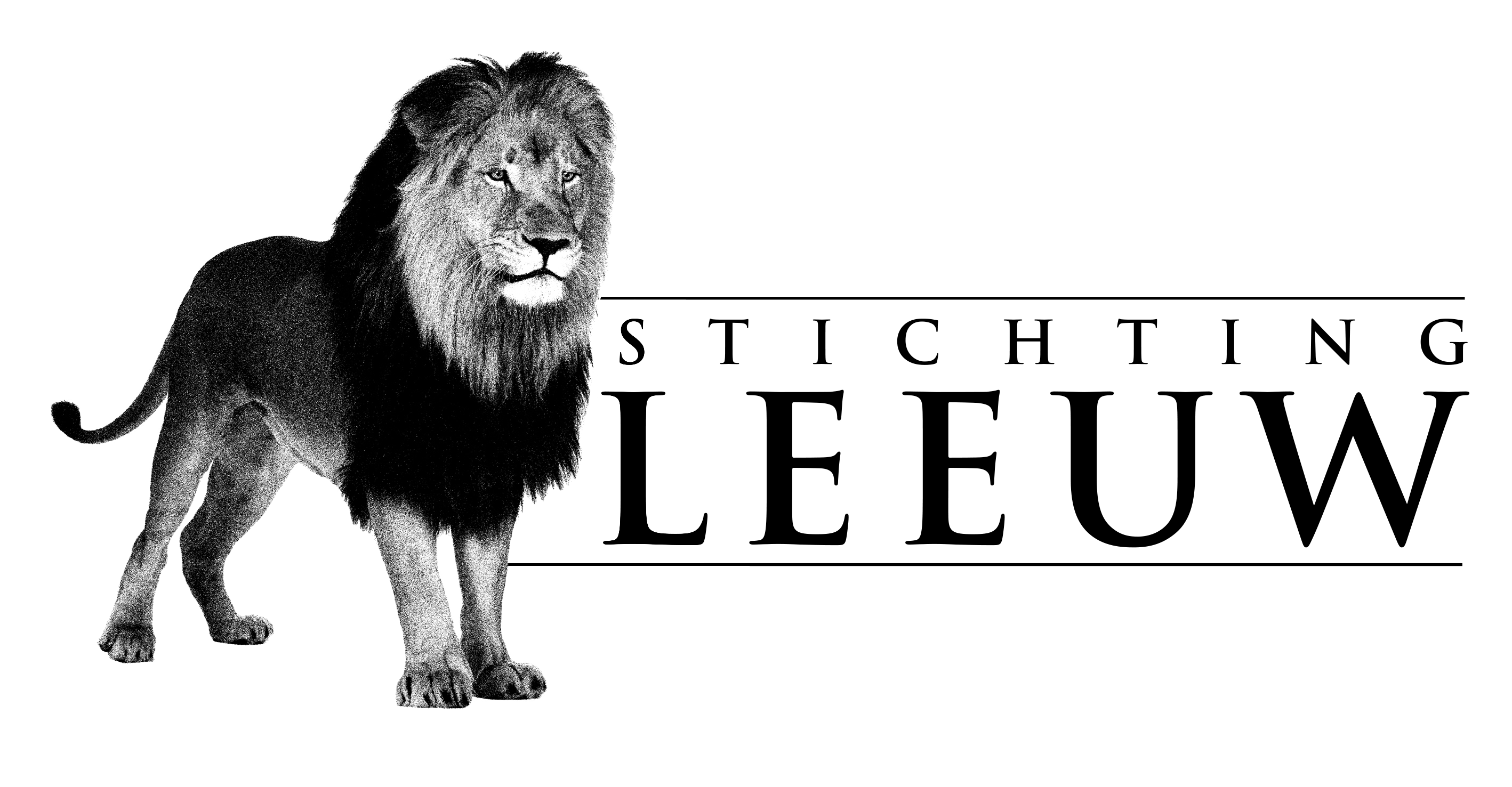Bears all over the world are threatened due to loss of habitat, habitat fragmentation illegal hunting and abuse by humans. In many places bears are mistreated for entertainment as dancing bears, in circuses, theatre and film industry.
The Bears in Mind mission is to protect nature, the bear and its wild habitat in particular as well as other animal species sharing this habitat. Bears in Mind also focuses on the welfare of captive bears. Bears in Mind, formerly Alertis - Fund for Bear and Nature Conservation, was established in 1993. The first and most well-known project is the Bear Forest in Ouwehand Zoo Rhenen, the Netherlands. In this large bear enclosure formerly mistreated bears, such as dancing and circus bears, live in a 2 hectare forest area with European wolves. In contrast with their former life, they can enjoy being a bear.
Bears in Mind is mainly involved in conservation of the large bear species. The nonprofit organisation supports research projects, nature conservation and educational projects. These are carried out mainly in European countries like Bulgaria, Georgia, Croatia, Romania, Bosnia Herzegovina, Greece, Spain, Slovakia, but also outside Europe, in India, Russian Far East, Lao, Vietnam, China, Indonesia and Venezuela.






















